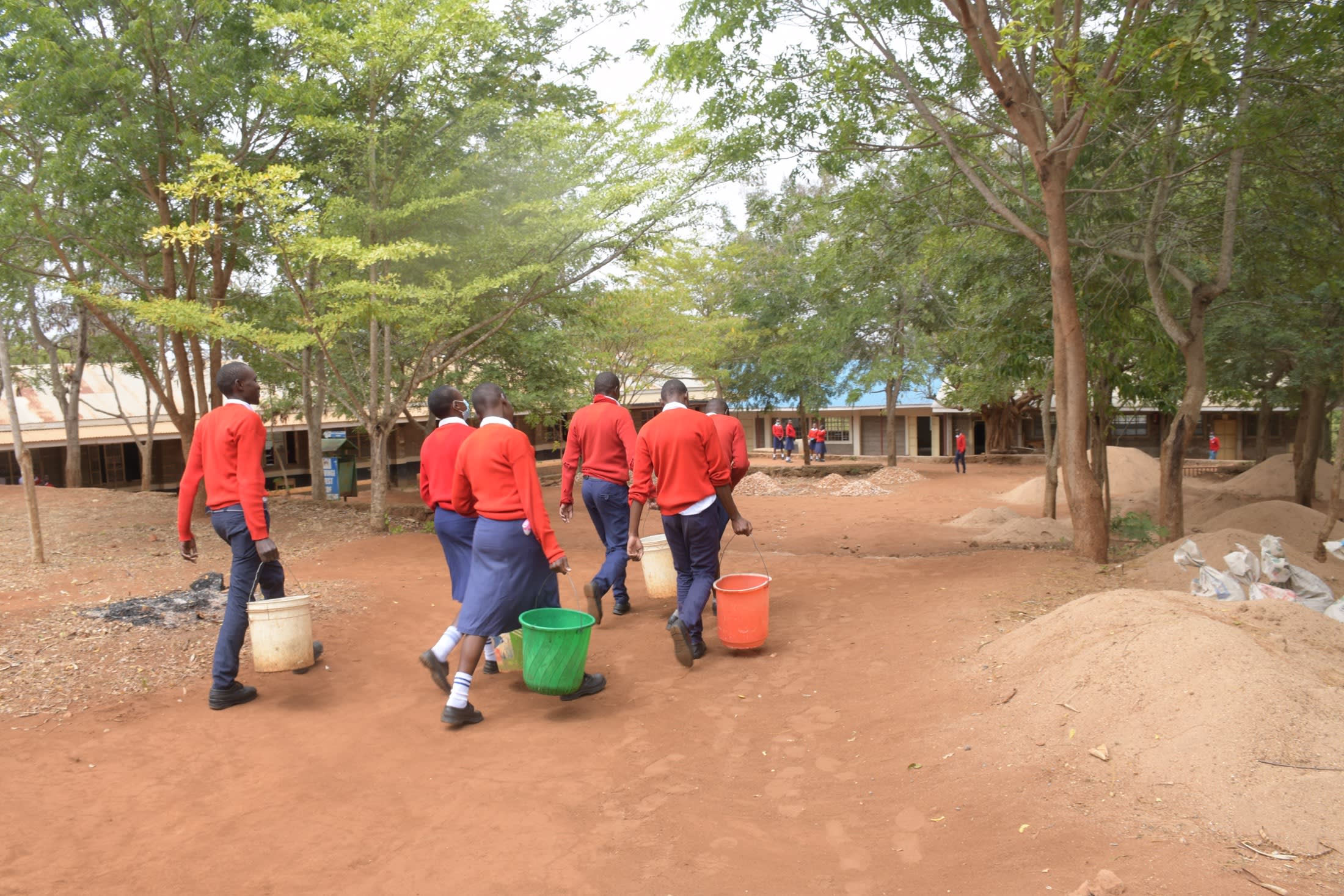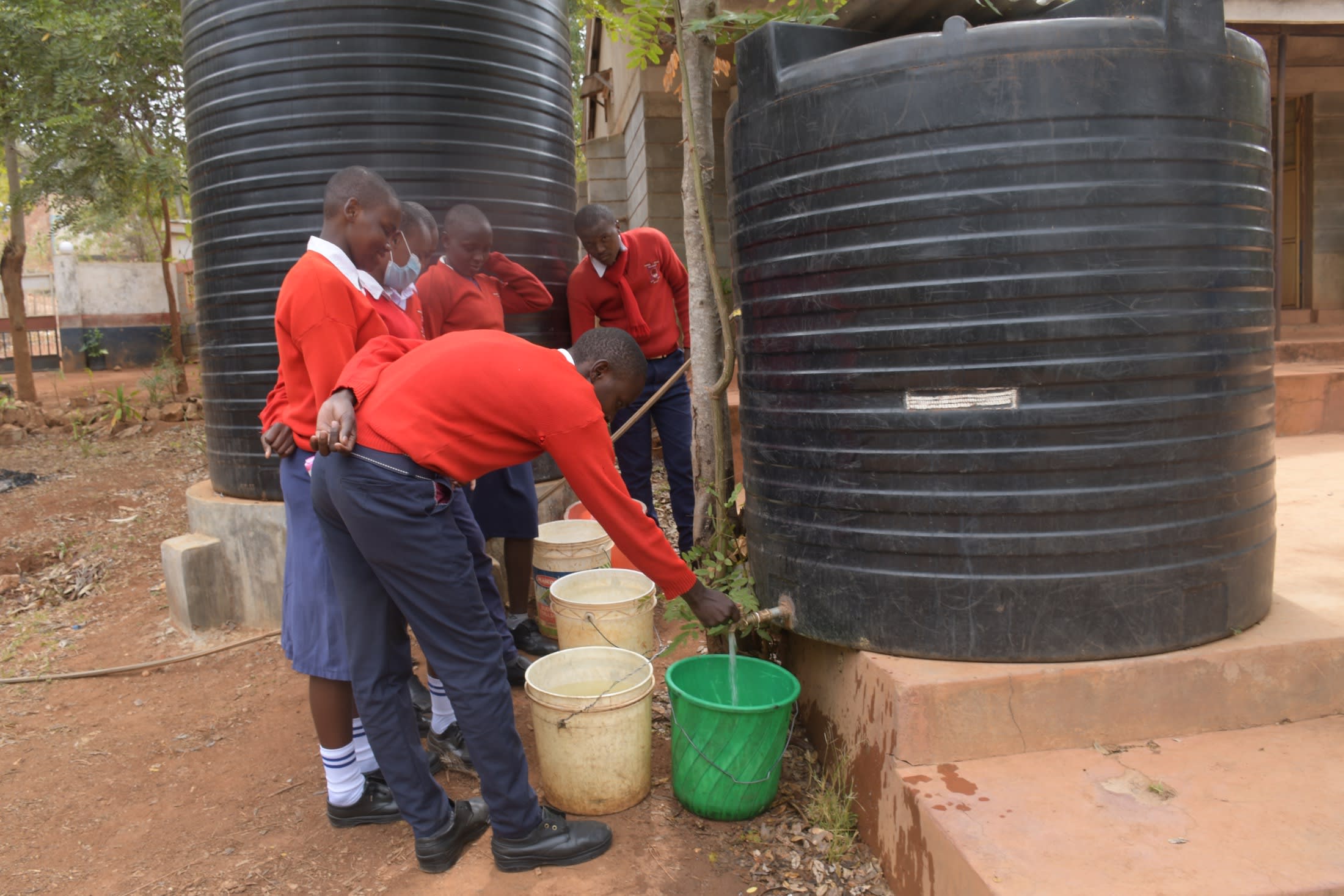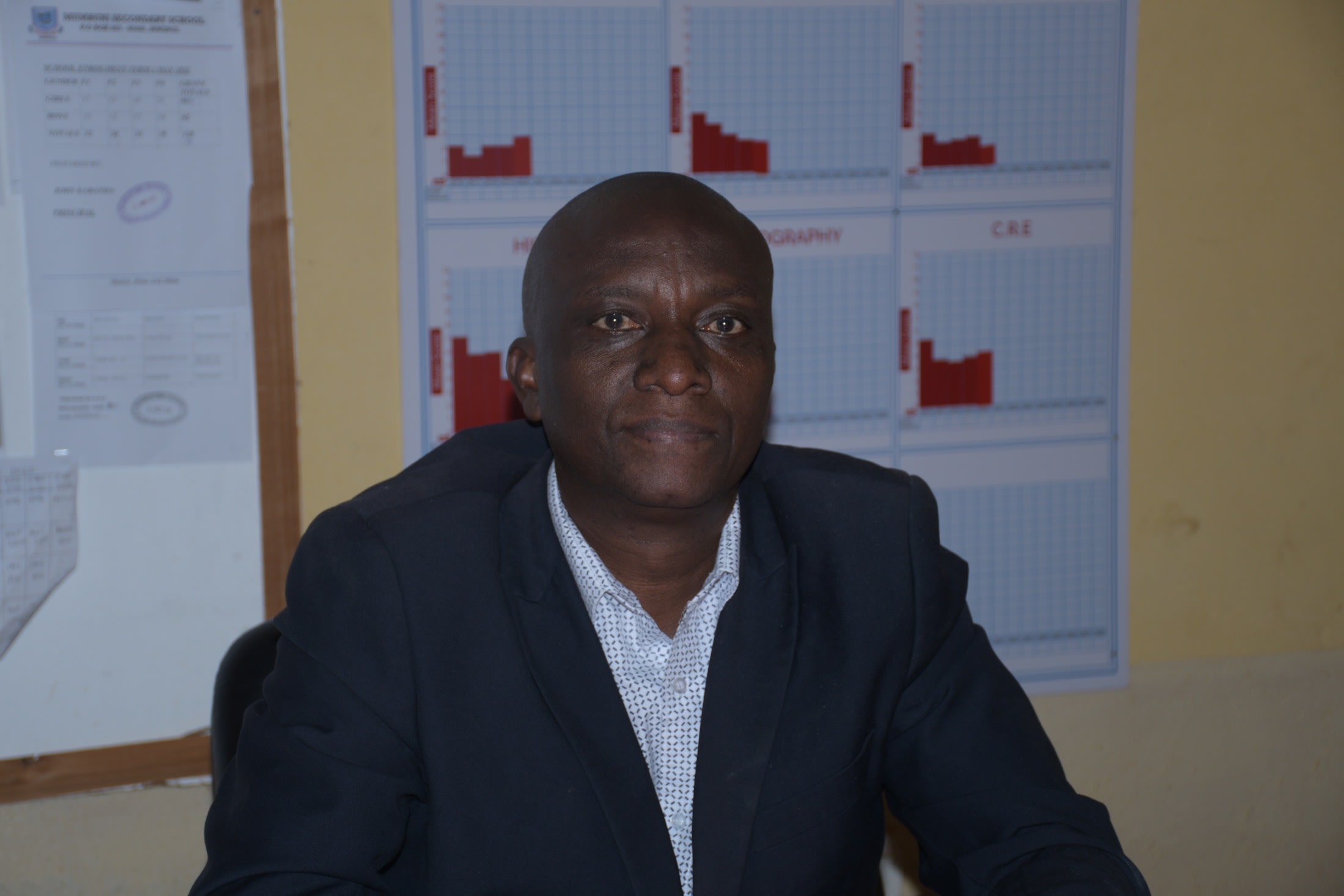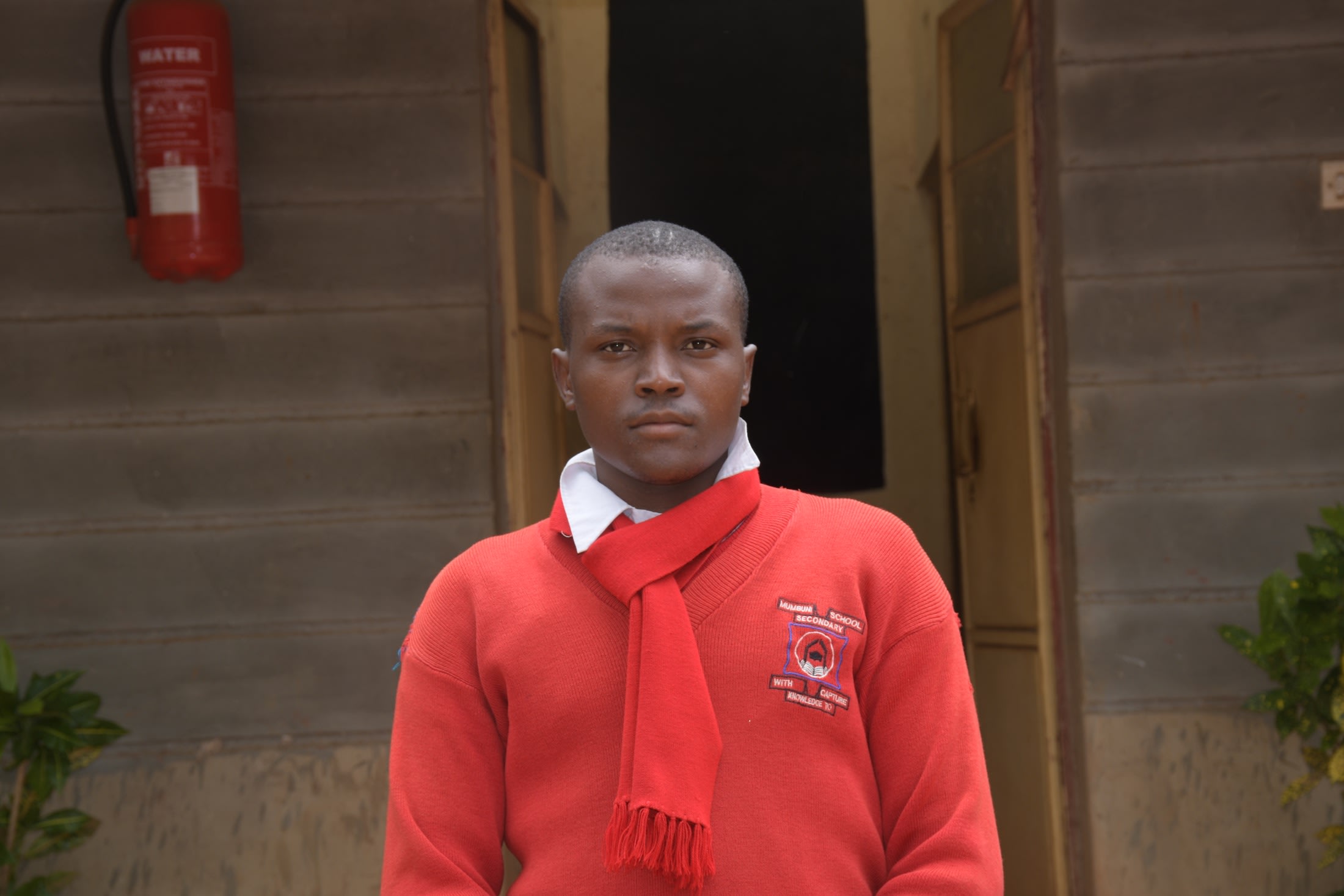The 149 students and staff of Mumbuni Secondary School face a water crisis every day.
The school has a couple of water options, but neither of them is ideal or sufficient to meet the needs of the school, leaving everyone thirsty and wasting valuable time and resources that should be focused on learning and preparing for bright futures.

The school administrators have two choices: they can either purchase water from expensive vendors or use the salty, contaminated water from a community borehole that is piped into the school. Understandably, both options present significant issues.
Purchasing water is expensive and drains the school's already meager budget, causing administrators to make difficult decisions that regularly mean eliminating important learning opportunities for students.

The water from the well, especially during peak drought periods, cannot be used for cooking or drinking, and the small rainwater tanks on the school campus that collect and hold the water are too small to hold enough water for everyone. And during the short rainy season, it is not uncommon for the piping system to wash out and leave the school stranded without water from the well until it can be fixed.
"The water we are drinking is salty, and we are unsure of the sources. This exposes us to infections like typhoid and amoeba. Using salty water also affects [the] skin. Thus, various students have had to seek medication leading to absenteeism and, ultimately, poor academic performance," said 52-year-old headteacher John Kabanda (seen below).

Without sufficient water on campus, not only are the students and staff left thirsty and school meals delayed, but personal hygiene and the overall sanitation of the school are negatively affected. And sadly, when students are thirsty and hungry, and the environment is dirty, it is that much more difficult for them to concentrate and learn.
"In addition to the necessity of water to maintain personal and environmental hygiene, reducing student dehydration in schools has been associated with improved cognitive abilities." - UNICEF and WHO
"Agriculture projects are stalled due to water inadequacy. Also, we cannot wash our classrooms, often leading to uncomfy conditions during learning," said 19-year-old student Bernard (seen below).

The installation of the proposed 104,000-liter rainwater tank will ensure the school has enough clean water for drinking, so students are not exposed to water-related infections that often lead to absenteeism. The school's water expenses will also reduce, and the funds can then be allocated to improving the school's facilities and the student's overall academic experience.
Rain Tank
We will build a 104,000-liter rain tank for this school, making the others look tiny in comparison. Because of how rarely it rains in Southeastern Kenya, this tank's large volume is designed to store as much water as possible during the seasonal rains, making more water available through the dry months. This water will benefit the students, teachers, and supplementary staff.
Parents will mobilize the materials needed for construction, including sand, stones, and water. They will also lend their strength and time to help with the construction. We will complement their materials with a skilled artisan to lead the project in addition to providing the tools, lumber, metal, cement, and gutter system.
As soon as the tank has time to cure, it can begin collecting rainwater for the school's use.
Training
We will train students and staff on sanitation, hygiene, and other topics for 1 day. Those in attendance will form a school health club that will promote good hygiene and sanitation practices both at school and at home. They will learn all of the steps to proper handwashing, how to treat water, and how to keep their environment clean. The school will also be taught how to best oversee and maintain their new rain tank and handwashing stations.
Handwashing Stations
A total of 3 handwashing stations will be installed upon the project’s completion and before training. These are 1,000-liter plastic tanks fitted with 3 taps each, allowing 9 students to wash their hands at once. The student health club and school management will be responsible for making sure the tanks are filled with water and that a cleaning agent such as soap or ash is always available.





 Rainwater Catchment
Rainwater Catchment
 Rehabilitation Project
Rehabilitation Project
















 We delivered three new handwashing stations in time for training. Each of these new stations has three taps so that nine students can wash their hands simultaneously.
We delivered three new handwashing stations in time for training. Each of these new stations has three taps so that nine students can wash their hands simultaneously.









